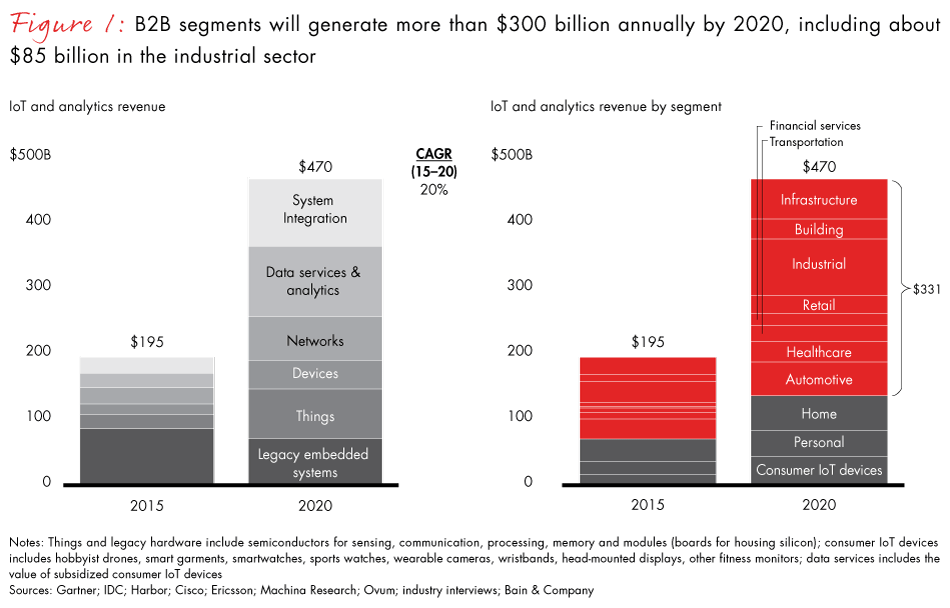IoT: How Much Steak, How Much Sizzle?
When it comes to the Internet of Things (IoT) and its applicability to creating value in the products and services of lower middle (LMM) and middle market (MM) industrial companies, is it all sizzle and no steak? It’s a critical question, because these markets can’t survive on sound and scent alone – they neat to add real meat to their bottom lines.
The question has come up more than a few times during my travels in Europe and the U.S., and it’s been flavored still more (clearly, food is on my mind) by the rapid IoT-supported evolutions in the electric vehicle, electric utility (smart metering), vehicle / asset tracking, and marine industries. Today, for example, there are more than 200 million smart electric meters installed worldwide and that number is growing – rapidly.
Which is why I believe we’re moving beyond the sizzle and are going to start seeing IoT built into future LMM and MM revenue projections, as they incorporate IoT into their product and service line strategies. I think that we are […]



 Assume that the starting point is ‘distrust’ (we’ll discuss how to make the starting point a different place in a later article), which means the CEO thinks […]
Assume that the starting point is ‘distrust’ (we’ll discuss how to make the starting point a different place in a later article), which means the CEO thinks […]